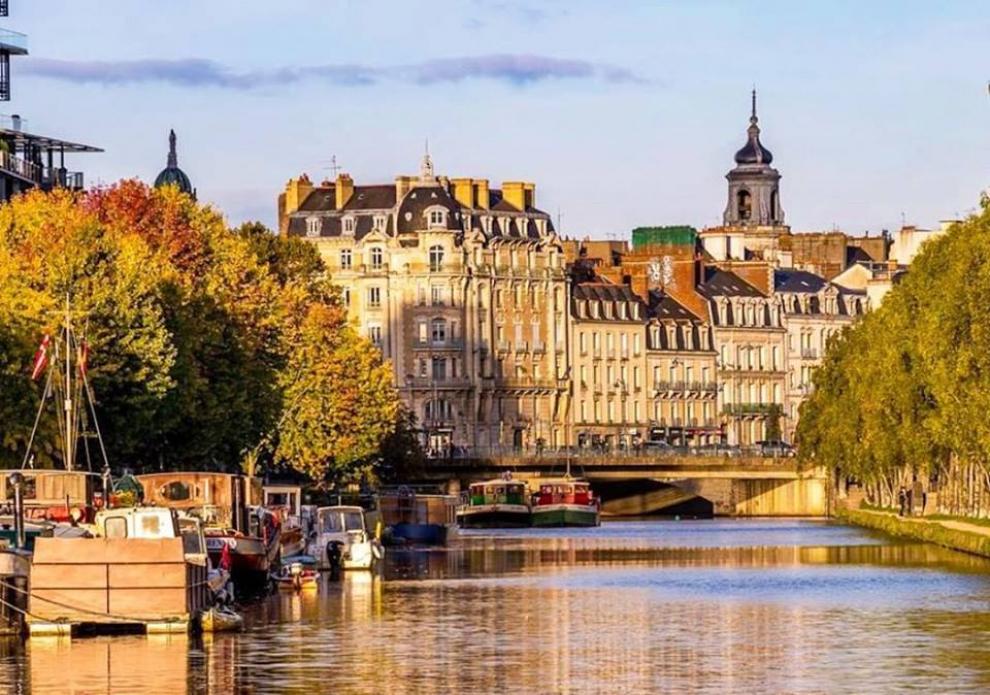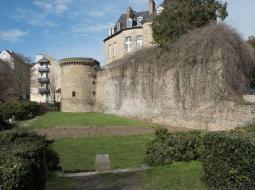Thessaloniki gets ready for its metro launch in November
The underground rapid transit lines have been under construction for almost two decades due to various project delays
 TheMayor.EU logo
TheMayor.EU logo 
The territory of the current city of Rennes and the Ille-et-Vilaine department are known to have been inhabited since 2nd century BC by the Gallic tribe Redones. Later occupied by the Romans, the settlement was known as Civitas Riedonum, from which today’s name of the city derives.
Surrounded by brick wall as a protective measure to the barbarian treat in 275, it remained until the final days of the Roman era in the fifth century one of the last bastions of the Western Roman Empire. In the mid fifth century the Holy See of Rennes was established here.
Later, as Bretons occupied the western part of the Armorican peninsula, the Franks conquered the rest of Armorica. As a counteract, the Carolingian dynasty established a Breton March, composed of Rennes, Nantes and Vannes, which by the 9th century was fully absorbed by the Kingdom of Brittany. Despite the existence of the latter as an independent state, Rennes was considered one of the three capitals and venue to the coronations of the dukes of Brittany. It was only in 1491 when Brittany was brought to the French kingdom by the force of the marriage of the Duchess Anne of Brittany and Charles VIII, which guaranteed some freedom and survival of existing practices and arrangements, including the Parliament of Brittany.
The latest development of the city is connected to the building of a railway station in 1857 and the establishment of the University of Rennes in 1885. Among the negative episodes to mention are the Dreyfus affair, the second trial of whom took place here in 1899 and the heavy damages during the Second World War. However, during the second half of the twentieth century, Rennes was among the fastest growing cities in France.
Rennes is a prefecture and commune in France. The city, located in Northwestern France, is capital of the Region of Brittany and the Ille-et-Vilaine department. Divided into six cantons and twelve quarters, it has an area of 50.39 km2. The Municipality of Rennes has a population of 216268 inhabitants by 2016 (Insee.fr).
The economy of Rennes is well-functioning, and mainly based on car manufacturing, digital sector and telecommunications, as well as agri-food. The city is renowned as the second largest centre after Paris for high-tech business in terms of number of digital and ICT firms, and among the first cities to receive the French Tech label. Its potential for digital and ITC research, as well as innovations in agri-food are to be mentioned, too.

Few cities in France can boast such a diversity of buildings from different historical periods and architectural styles as Rennes. Take a walk around the historic city centre and you will spot many colourful half-timbered houses (a total of 286 within city limits) that were traditionally built in Brittany from the late Middle Ages to the end of the so called Ancien Régime. A must see is The Parliament of Brittany, an imposing edifice of the 17th century. Not to be missed is also The Rennes Opera House, known for being the smallest opera house in France. Curiously, its rounded façade copies the shape of the Town Hall on the opposite side.
The medieval fortifications of Rennes with their highlight - the Portes Mordelaises entrance gate, are a symbol of the history of the Dukes of Brittany.
The parc du Thabor, a favourite public relaxation spot, located near the city centre, combines a French Garden, an English garden, an Orangerie and a botanical garden.
The festive spirit of Rennes is best demonstrated in the Rue Saint-Michel, dubbed Rue de la Soif ("Drinker's Alley") - a small cobbled street lined with half-timbered houses and interspersed with bars and eateries.
Municipality Square
CS 63126
35031 Rennes Cedex, France